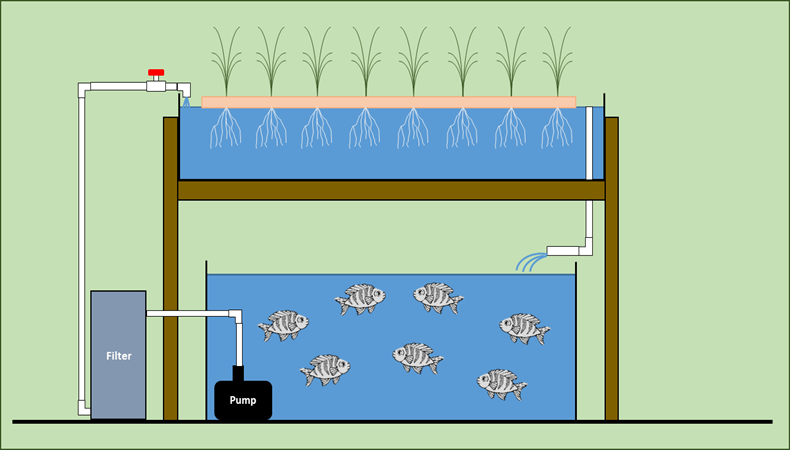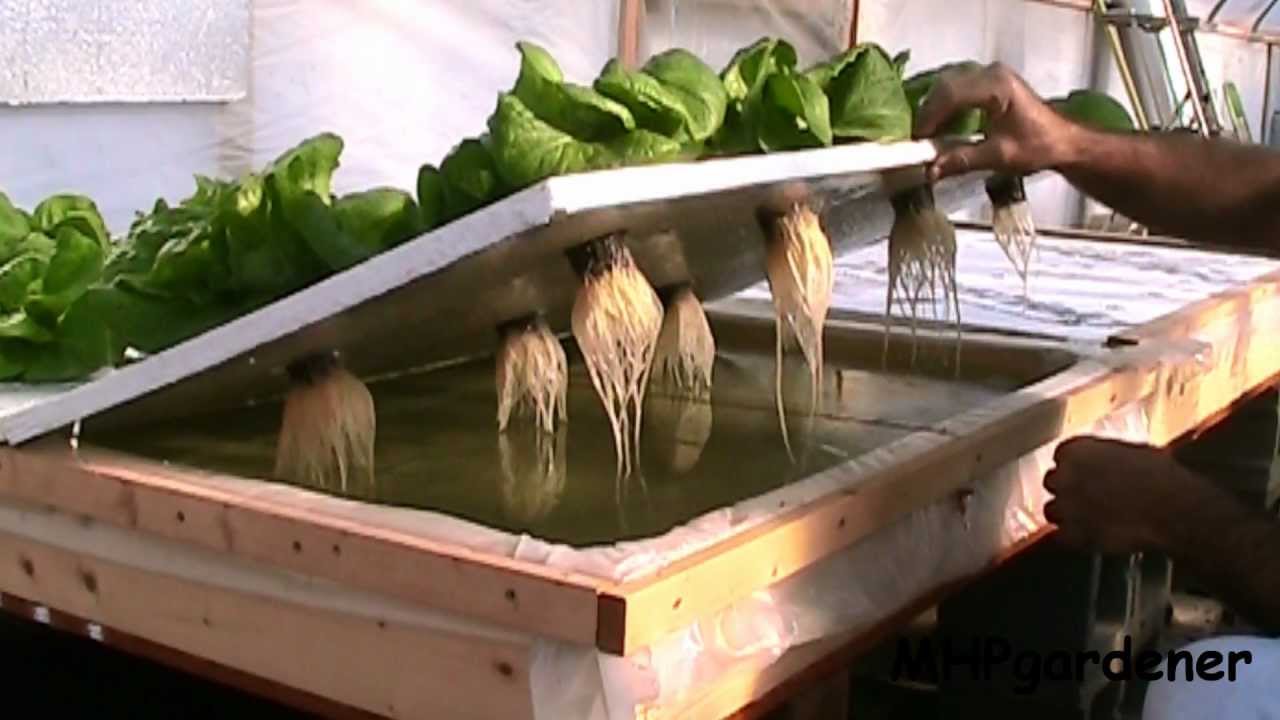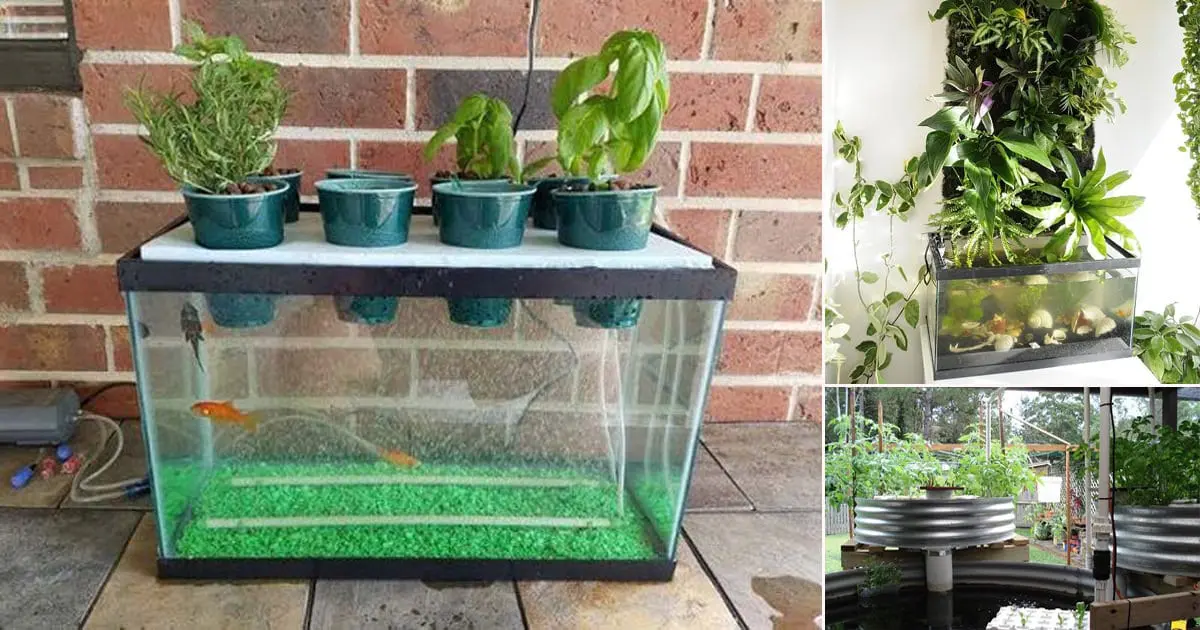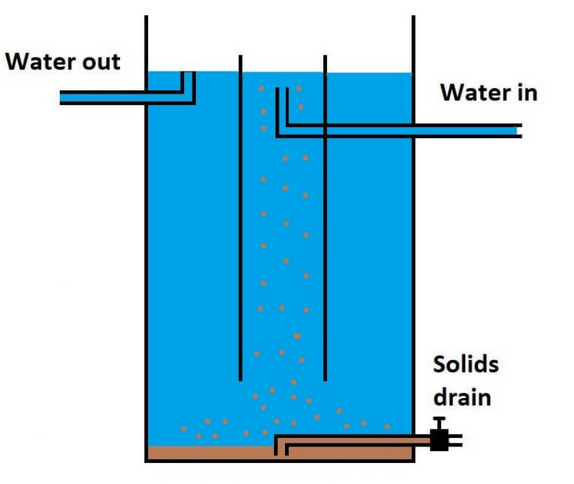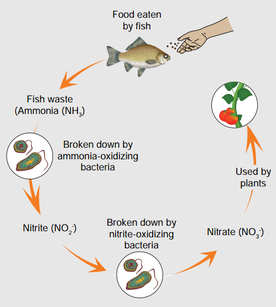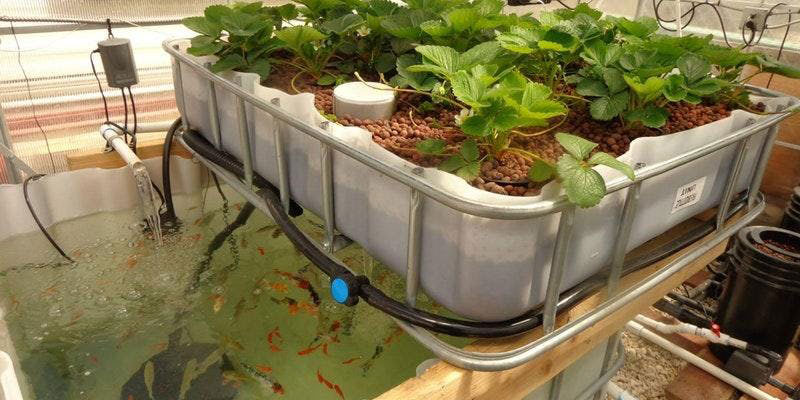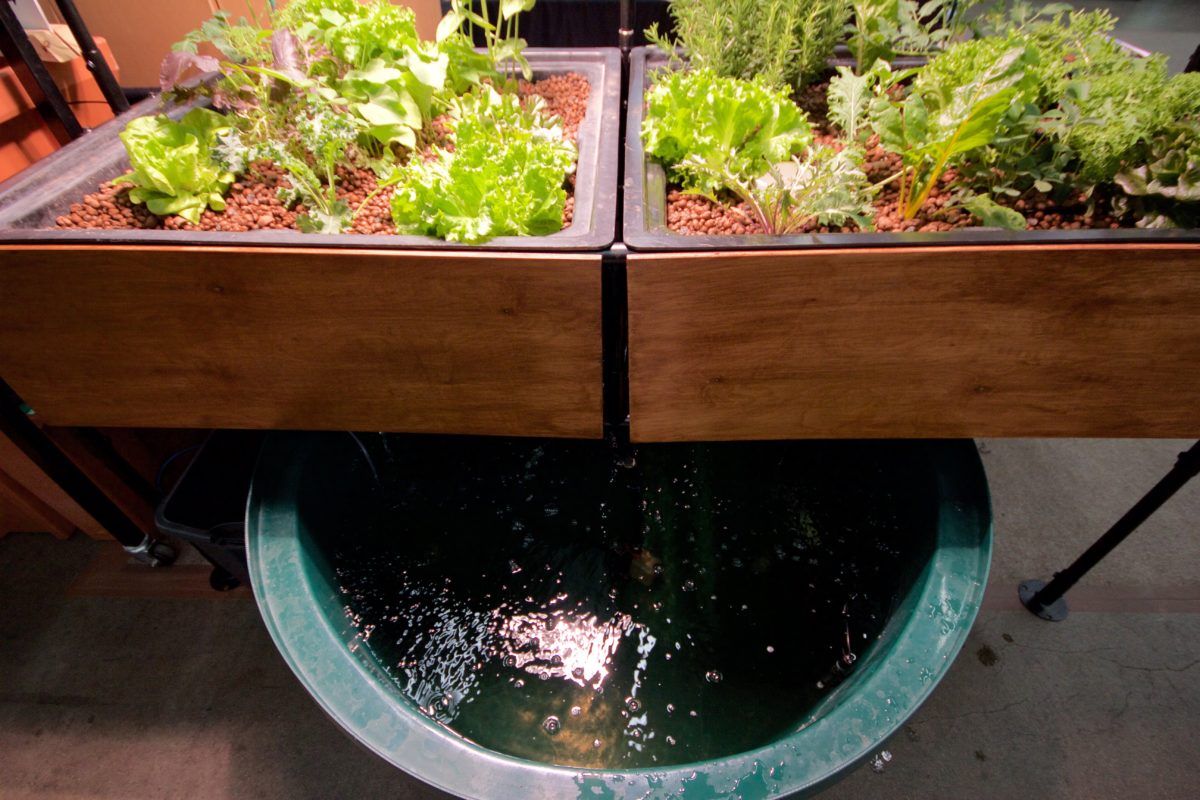Aquaponics
Summary:
Aquaponics is similar to hydroponics but instead of having to buy an external nutrient source, you are using fish to produce nutrients for your plants while also raising fish to keep as nutrient creators or consume for protein. These systems require more upkeep but remain some of the most ecological as they can be close to self sustaining systems. If you want to grow food and also have fish, this is perfect.
The basic layout of an aquaponics system looks similar to this:
How To:
If you have a hydroponics system, a tray system or a waterproof bed then you already have half of the work done. You can use multiple grow beds, but that increases the complexity. It's possible but takes a ton of work.
Hydroponic grow tray that is suitablefor aquaponics systems:
There are multiple ways to set up an aquaponics system, the most common contains these main components:
- Fish Tank
- Solids Filter
- Biologically active substrate like lava rocks
- Hydroponics
- Post filtration
- Sump Tank (optional with benefits)
- Fish
Fish Tank
The size of the fish tank depends on the size operation you want, and the size of your fish. Most people who run aquaponics systems use IBC Tanks/Totes, which are large plastic containers with the tops cut off for access. You will need to locate a provider for your local area. They tend to run around $300 each brand new. There are plenty of used IBC totes but be 100% sure they were used for potable water and not hazardous chemicals. Alternatively you can use a regular fish tank, cattle feeders, or even a portable swimming pool as a large pond.
Solids Filter
Most aquaponics systems use a Radial Flow Separator. There are many designs such as a clarifier, raft filters, bird netting, screens. But most will use an RFS.
The solids filter is great because you can use the solid waste in the garden too, so nothing really goes to waste.
Biologically Active substrate
This depends on how your plant growing system is designed. If you are using hydroponics you can grow into something like lava rock or lecca or set them at the bottom of the hydroponic tank. The largest reason you need a pourous surface in the system is to encourage the growth of beneficial bacteria that will break down the fish waste. This bacteria will convert the fish waste into nitrogen and other compounds that your plants will use as food.
The key to maintaining an aquaponics system is the balance of waste, bacteria and the nitrogen cycle.
Hydroponics
The hydroponics system works the same as a conventional hydroponics system, only that the nutrients come from a natural resource (fish) and don't require outside resources to run the system.
A full guide to hydroponics can be found here.
Sump Tank & Post Filtration
Some systems use what is called a "sump" tank. Instead of directly recycling the water into the aquaponics system after going to the hydroponics bed, the water is held in a separate tank and then pumped back into the system. This is also a great additive to a system because you can filter out any solids that may come from the hydroponics bed.
Why is this a benefit?
Aquaponics nutrient systems must remained balanced and a large part of keeping both plants and fish happy is maintaining the correct PH balance of the water and nutrient rich water. A sump tank gives you an option to balance the PH of the water for the fish before it recirculates in the system. The PH and nutrient concentrations overtime will fluctuate and there may be the need to periodically lower or raise the PH to maintain a healthy tank.
Fish
You can use any type of freshwater fish but the specific fish that works for your setup depends on how big of a tank you will have, and what fish will fit in that space. Tilapia are a common fish to use for aquaponics because they grow fast, self regulate their population, and are a great protein source. There are too many fish types to list here so start with tilapia or research what fish would work for your uses. Not everyone wants to eat fish, or maybe prefer to keep more ornamental fish. That is entirely up to you!
Examples:
Resources:
How to build a simple DIY aquaponics system at home
Purdue presentation on aquaponic systems
Recommended fish for aquaponics system
Food and Agriculture Organizations of the United Nations (FAO):
Small-scale aquaponic food production: Integrated fish and plant farming (PDF)
